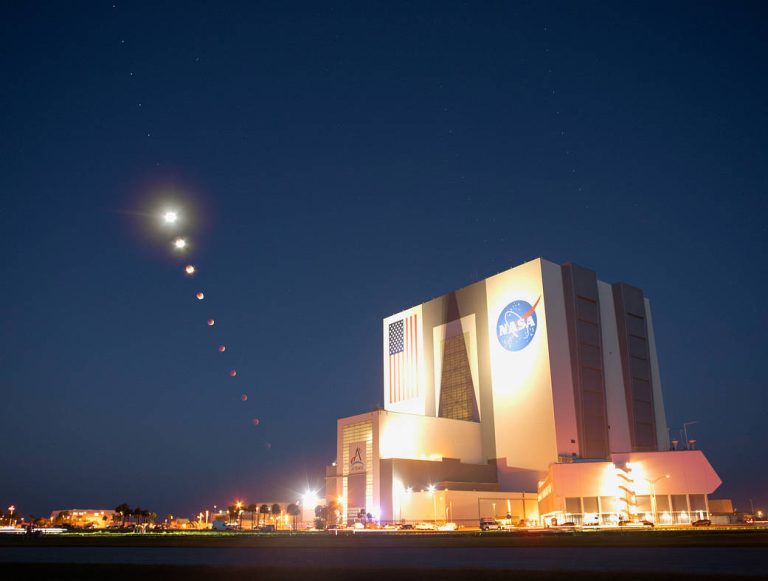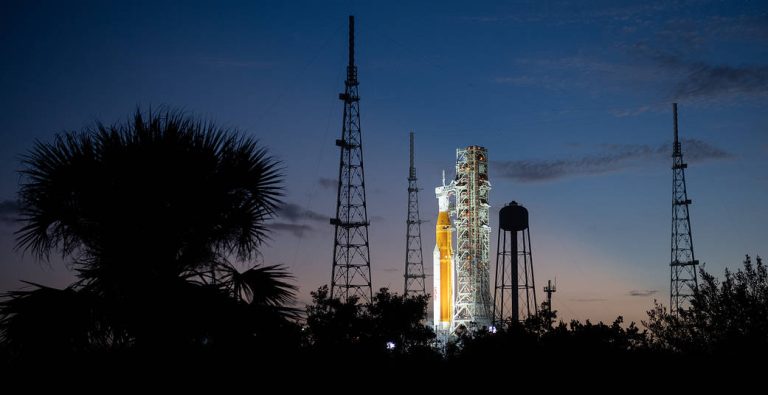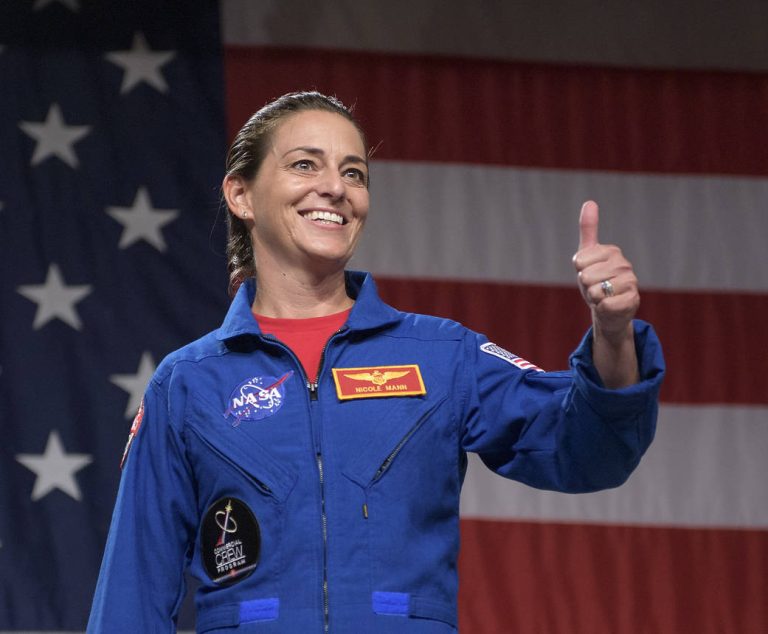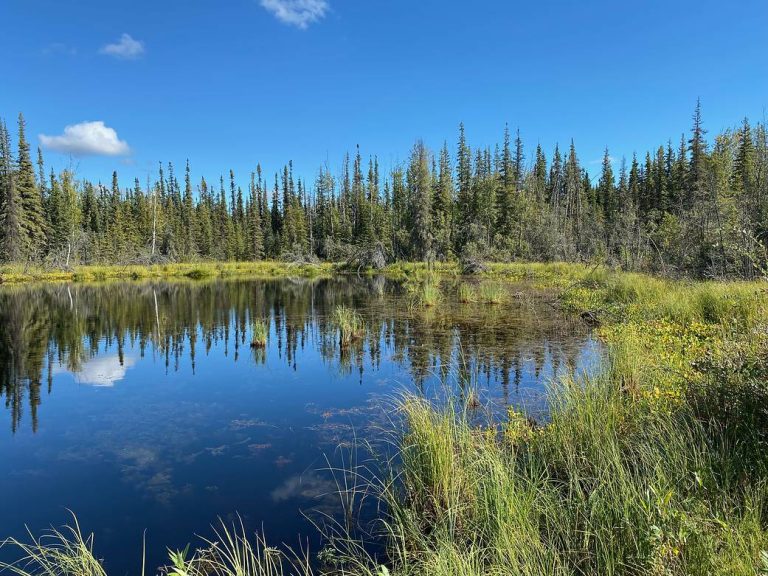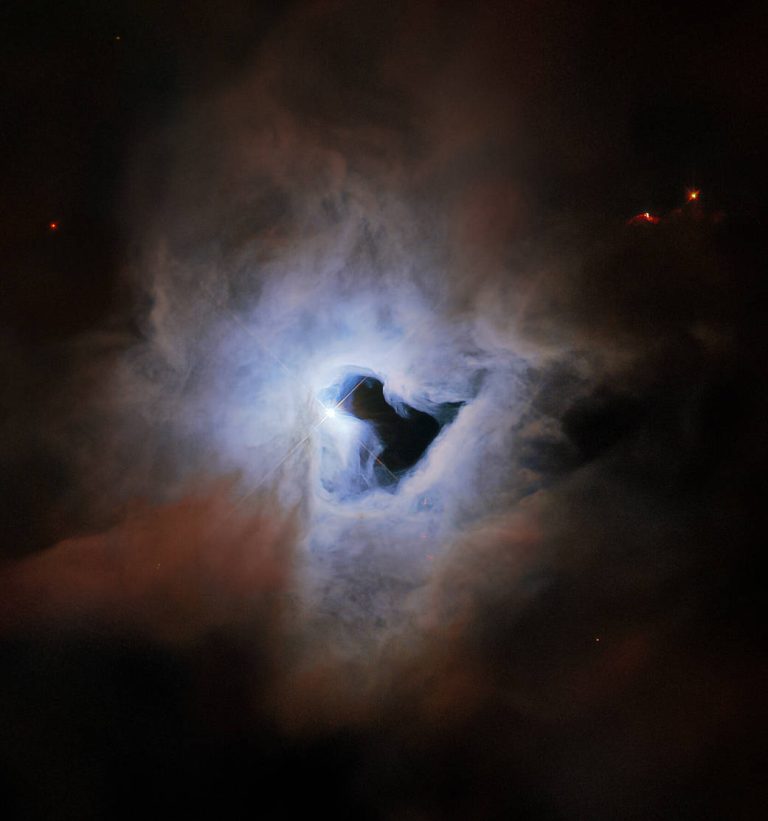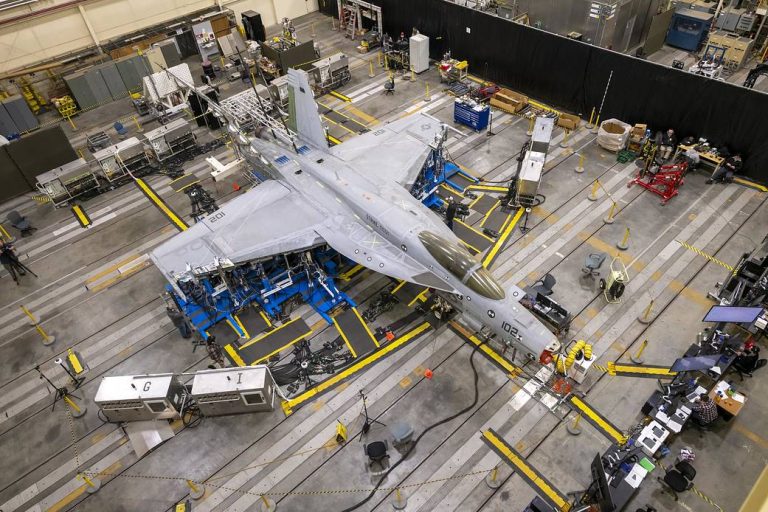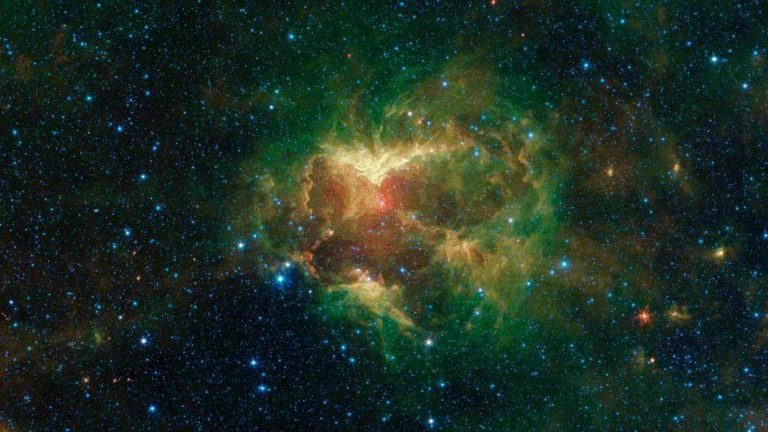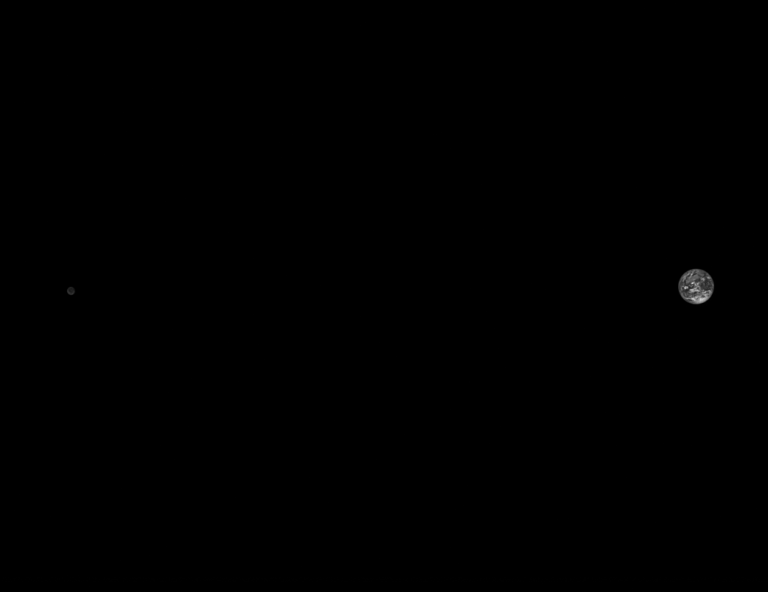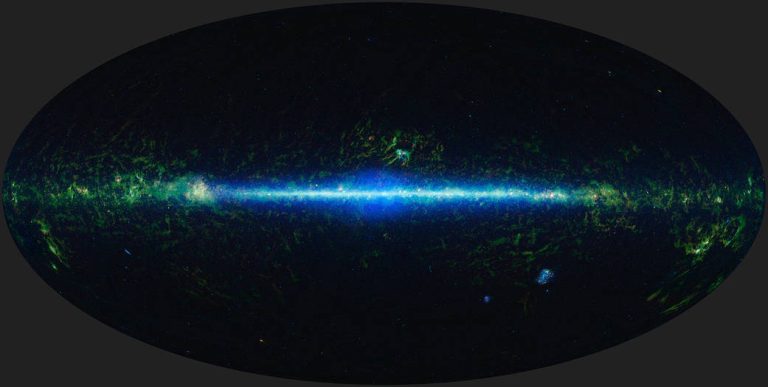NASA肯尼迪航天中心的血月月全食
This composite made from ten images shows the progression of the Moon during a total lunar eclipse above the Vehicle Assembly Building, Nov. 8, 2022, at NASA’s Kennedy Space Center in Florida. Visible trailing the Moon in this composite is Mars. For North America, the partial eclipse began at 4:09 a.m. EST, with totality beginning at 5:16 a.m. One feature of a total lunar eclipse is the Moon’s red hue during totality. The red color occurs because of the refraction, filtering, and scattering of light by Earth’s atmosphere. Image Credit: NASA/Joel Kowsky 2022年11月8日,在NASA位于佛罗里达州的肯尼迪航天中心,这张由十张照片合成的照片显示了月球在月全食期间的进程。在这张合成图中,可以看到尾随月球的火星。 在北美,月偏食开始于美国东部时间凌晨4点09分,月全食开始于凌晨5点16分。月全食的一个特征是全食期间月亮的红色色调。红色的出现是因为地球大气层对光的折射、过滤和散射。 影像来源:NASA/Joel Kowsky

